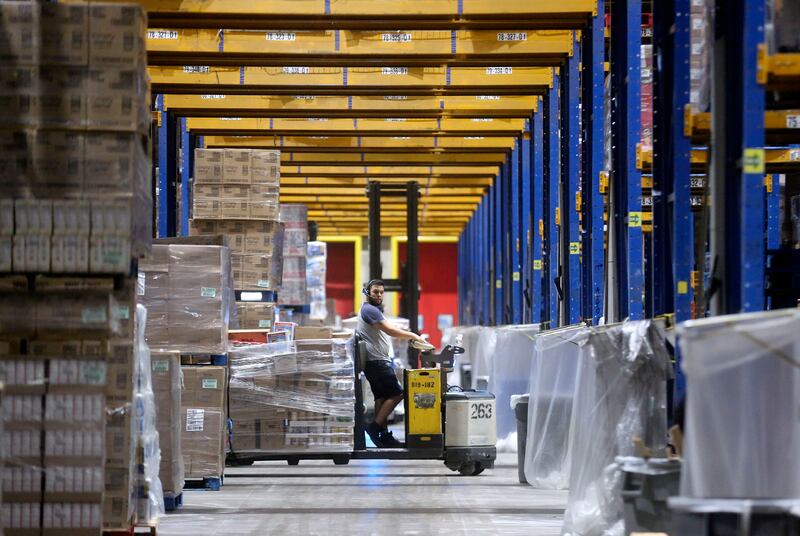SALT LAKE CITY — For many retailers, the ability to maintain adequate inventory has been significantly affected by a disruption in the global supply chain that delivers products and services to customers thanks to the spread of the new coronavirus.
In the Beehive State, the supply chain disruption has been felt across the state’s economy.
“A lot of states started shutting down, a lot of economic activity started to depress and so what happens is when that demand for consumer products and for components decreases, then all your Utah companies (and) all these retailers cut down on the amount of inventory that they were ordering from their suppliers,” said Jim Porter, trade services manager for World Trade Center Utah.
“So their suppliers told their raw material suppliers, specifically, that we’re not getting new orders right now, so let’s put a hold on all the orders.”
While the demand for new products declined, Porter said suppliers halted production leading to huge backlogs when countries started to reopen, which then led to shortages on the shelves of many retail outlets or inventory in the case of purveyors of large product retailers like furniture or automobiles.
“Part of the trouble is that you told suppliers not to produce more and they told their suppliers not to produce more. What it means is all around the board, there’s less supply to go around,” he said. “There’s less production capacity because some places just shut down. Some factories just shut down. What that means is it’s tamping recovery of some of these industries because it’s hard to get all that production back online.”
Porter added that the decline in production has created a “vicious cycle” the Utah economy is currently experiencing. He noted that transportation channels on land, air and sea have all been impacted at a high level, meaning it will take time for the supply chains to reconnect on their former levels.
In the meantime, customers will have to continue dealing with the ongoing frustration and delays.
“We should expect that coronavirus is going to be with us for a while (and) we should expect that it will continue to flare up in places all around the world,” Porter said. “That’s going to cause the same kinds of disruptions.”
Locally, some retail outlets where people are used to finding whatever they need at virtually any time day or night have been hit hard.
“As Americans, we’re accustomed to being able to walk into our local grocery store and get any product at any time in any size and in any flavor,” said Dave Davis, president and CEO of Utah Food Industry Association.
“There are some instances where there are legitimate shortages but those things are pretty few and far between,” he said. “As a whole, the supply chain has held up well under the circumstances. That doesn’t mean that it’s perfect, and we’re going to have to find out what our new normal looks like.”
Roger White, senior vice president of sales and merchandising for Associated Foods Stores, said the situation has improved a great deal since the pandemic first caused shutdowns in March and April.
“Sometimes you’ll notice a couple of empty spots on the shelf and the manufacturers have really had a hard time keeping up with demand,” he said. “People are eating at home more and eating out less, which has increased sales and the supply chain itself had a hard time keeping up.”
He said that initially, the disruption was something that surprised everybody in the supply chain‚ having a big surge of business in the first few weeks, then it took several weeks for many suppliers to catch up.
“Now, it has kind of smoothed out. There’s still an increase in demand and for the most part, manufacturers can supply us products,” he said. “But what many of them did is to keep up with the demand, we’re going to temporarily stop producing a few of our products so that we can focus on maybe the highest volume ones.”
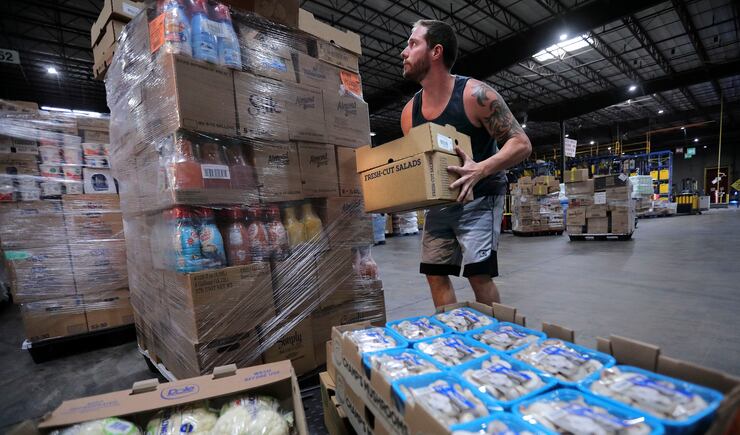
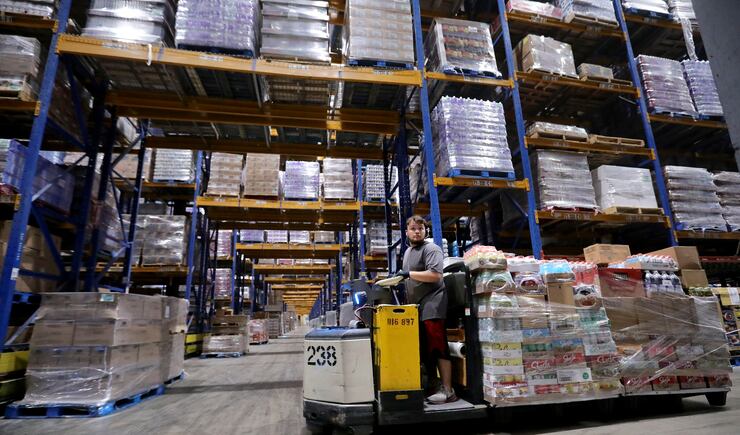
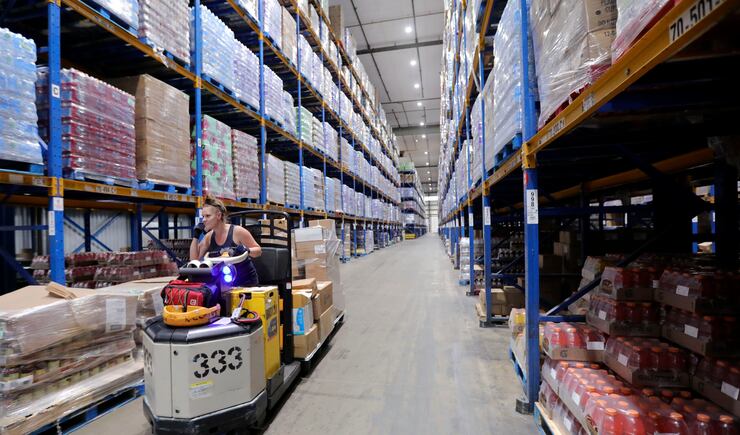
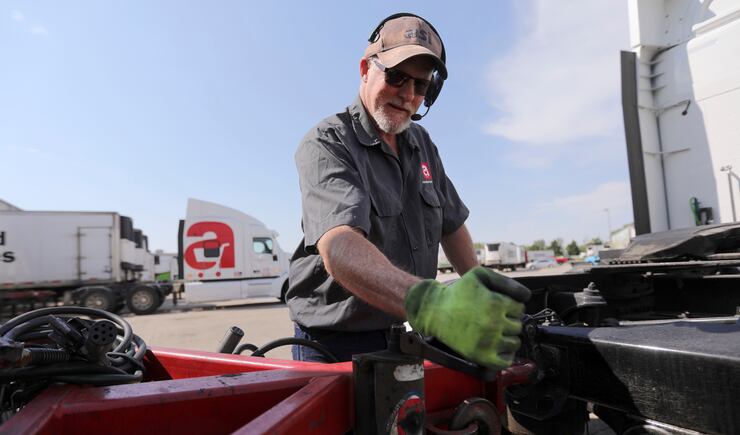
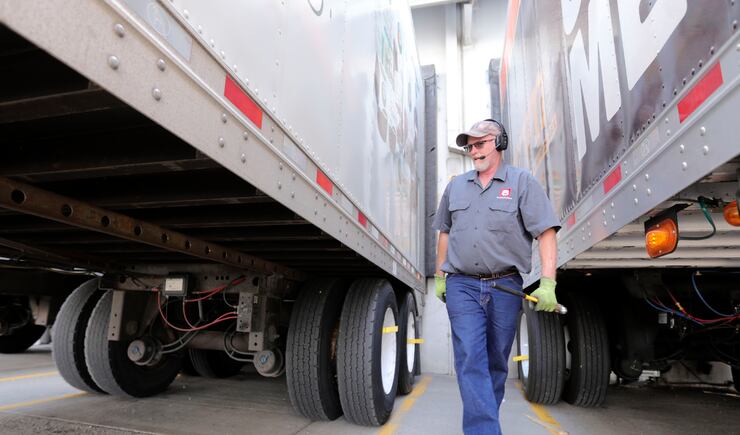
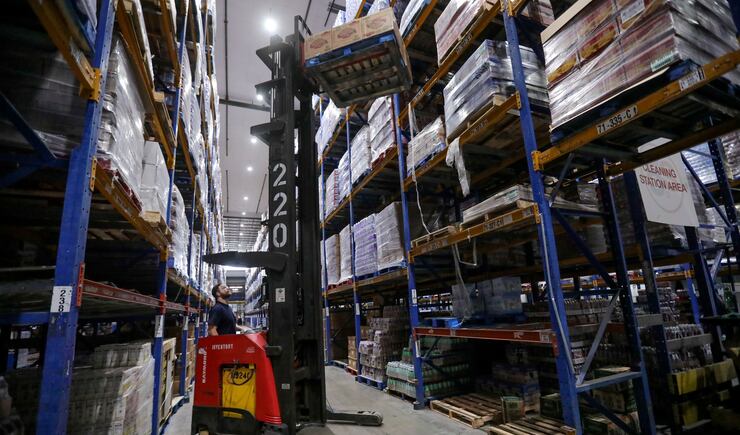
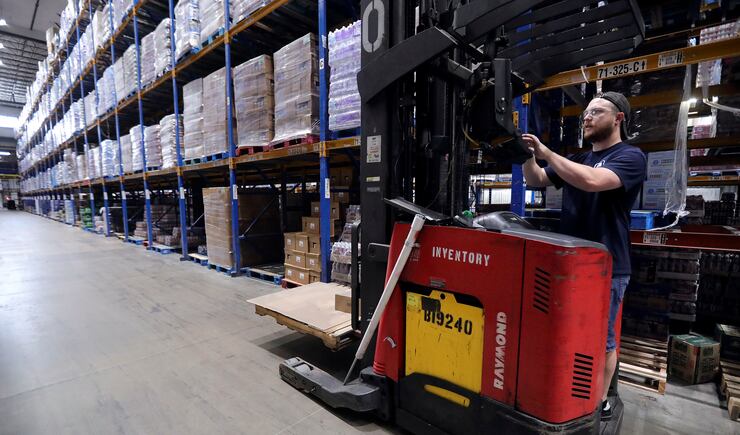
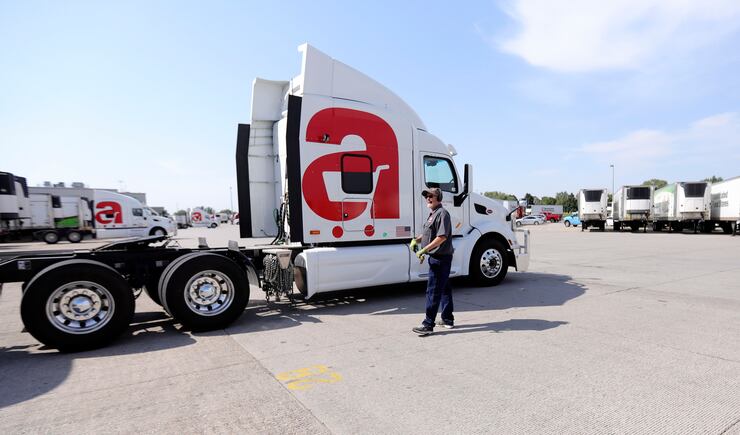
Porter said cleaning products have been among the items in greatest demand. While stores have been able to maintain reasonable revenues, the companies’ investment in personal protective equipment and measures to ensure safety for customers and employees has been significant and will continue for the foreseeable future.
Meanwhile, another industry that has felt the business effects of COVID-19 has been automobile dealers. Officials said the number of new vehicles sold in Utah saw significant decreases with some dealers seeing 15% to 25% declines in sales due in part to dwindling inventory resulting from overseas supply chain disruptions.
“Factories shut down for many weeks and that affected (sales) because typically the dealers keep (a certain) supply on their lots, but production (was down) so it does affect us,” saidd Craig Bickmore, executive director of the New Car Dealers of Utah.
“They’re getting through it, which is great. There’s more supply coming, but it’s not as rapid as we’d like.”
He said it will take time for volumes to return to normal.
“Most automobiles sold in the United States are actually assembled here, but they’re assembled from parts that come from overseas,” explained Jack Hedge, executive director of the Utah Inland Port Authority. “So when COVID really ripped through the supply chain back in the spring, one of the big supply chains it disrupted was automobile manufacturing.”
He said one of the major disruptions occurred in shipping.
“At one point in the spring, over 90% of the sailings were blank — which means cancelled. There was no production going on in China or Japan or Korea,” he said. “So what’s happening with that production lag now is running through the production system. And that’s why you’re starting to see, we’re still seeing a lot of empty shelves and things, particularly with cars — delays and getting cars into dealerships.”
He added that the scope of the outbreak is so great, there is likely little chance that any particular supply system would have been able to withstand it in any industry.
“Our (supply chain) tends to be very long and very fragile. But even a dispersed supply chain would have been affected, and even domestic production would have been affected here,” Hedge said.
”Even if we were making all of our zippers, all of our buttons, all of our fabrics and all of our linings, we still would have had trouble making your jackets — even if all of that was made here in this country. It was just that sweeping and that broad of a pandemic.”

